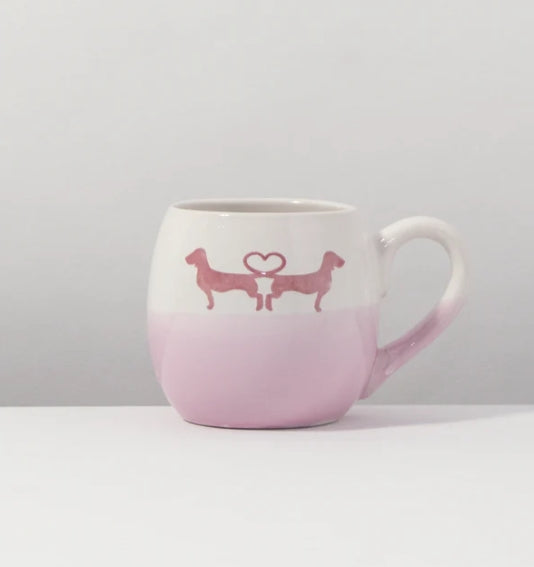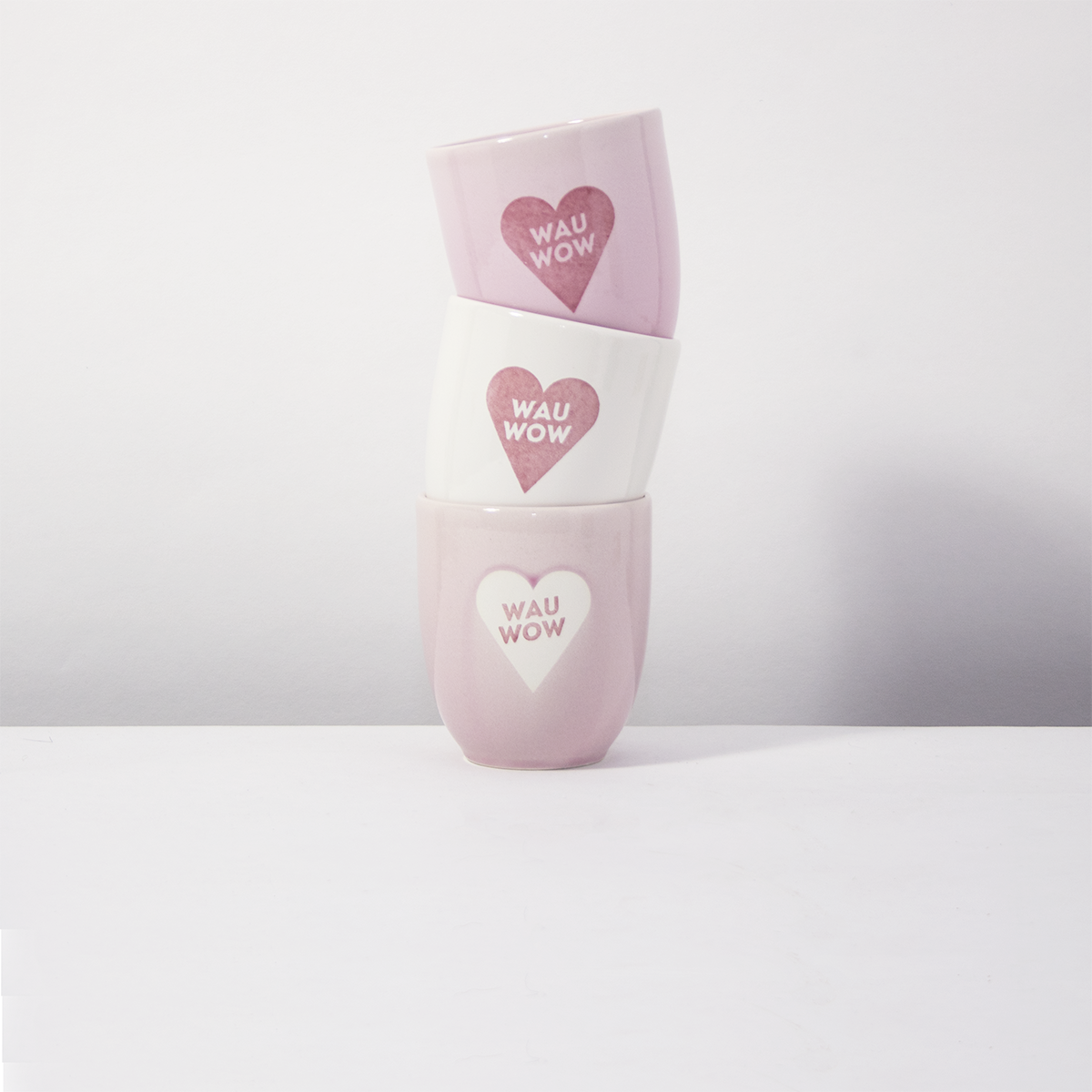The pug is one of the most popular and lovable dog breeds, known for its round eyes, distinctive face, and playful, humorous nature. Despite its compact size, this small dog has a big heart and always displays a charming blend of courage, curiosity, and affection. As a true family dog, the pug has earned a permanent place in many households thanks to its friendly nature and small size. Originally from China, the pug was brought to Europe in the 16th century, where it quickly won the hearts of the nobility and the middle class.
Origin and history of the pug
The pug has a long history dating back to ancient times. The first pugs were bred in China, where they were highly prized as court dogs of the imperial household. They belonged to the so-called "Brak or Molosser types" and were later introduced to Europe by Dutch merchants. In the Netherlands and Great Britain, pugs soon became valued companions of the nobility and wealthy families. Their acquaintance with various European royal families, including the House of Habsburg, contributed to their fame.
Today, pugs are known primarily for their playful, affectionate nature and enjoy great popularity as both family pets and lap dogs. They are especially popular in urban environments, as their small size makes them ideal companions for small apartments.
Character and behavior of the Pug
The Pug has an extremely amiable nature and is characterized by a cheerful, playful, and often humorous personality. They are true people lovers and always show their owners a great deal of affection and loyalty. These dogs love to be the center of attention and are known for their flirtatious nature. Although Pugs are not naturally shy, they can sometimes seem a bit wary of strangers, although they usually quickly relax and become open.
Another distinctive characteristic of the Pug is its need for closeness. Pugs are true "lap dogs" who enjoy being close to their owners and want to spend almost every minute of the day with them. They are extremely affectionate, but also sometimes a bit stubborn, which can make training challenging. However, with the right mix of patience, positive reinforcement, and consistent leadership, the Pug is easy to train.
Pugs are also known for their playful nature and love to run and play—despite their small legs. They are less energetic than many larger dog breeds, but they need regular exercise to stay healthy and happy.
Care and health of the pug
Due to its unique appearance—with its short muzzle and large eyes—the Pug has specific grooming requirements. Regular care of its skin folds is especially important. The folds on the Pug's face can be prone to inflammation and infection, so it's important to clean these folds regularly to prevent skin problems. The Pug's ears should also be checked regularly and cleaned if necessary, as their shape makes them prone to infection.
The Pug's coat is short and easy to care for, but it does require regular brushing during the shedding season to remove loose hair and keep the coat shiny. The claws should also be trimmed regularly, and the teeth should be cared for to prevent dental disease.
Pugs are prone to certain health issues related to their breeding history and body structure. Their breathing, in particular, can be problematic due to their short snout, a condition known as brachycephalic syndrome. Therefore, Pug owners should ensure healthy weight control and regular veterinary checkups to detect potential health problems early.
Training and keeping the pug
Raising a pug requires patience and empathy. Pugs are intelligent dogs, but they tend to be a little stubborn, especially when it comes to following commands. They respond well to positive reinforcement, meaning treats, praise, and toys are effective training aids. Pugs are generally not aggressive, but they can be stubborn and therefore need to be guided with a firm but loving hand.
Because the Pug is such a sociable dog, it shouldn't be left alone for long periods of time. These dogs depend on their owner's presence and thrive in an active household. The Pug is an excellent family dog, as it gets along well with children and other pets.
Because pugs require relatively little exercise, they are also ideal for people who live in an apartment or don't have the time for long daily walks. However, pugs should still get enough exercise every day to avoid obesity and health problems.
Health and life expectancy of the Pug
The average life expectancy of a Pug is approximately 12 to 15 years. Most health problems in Pugs stem from their breeding history, including breathing problems due to their short snouts, eye diseases, and joint problems such as hip dysplasia. It is therefore important to schedule regular veterinary visits to detect and treat health problems early.
To maximize your Pug's quality of life, you should provide a healthy diet and regular exercise, and ensure your Pug maintains a healthy weight. A balanced diet is especially important for preventing health problems.
Suitability as a family dog
The Pug is an excellent family dog. Their friendly and patient nature makes them ideal for households with children. Pugs are extremely fond of children and thrive in an active family environment. Their small size also makes them ideal companions for people who live in an apartment.
Although Pugs aren't ideal candidates for dog sports, as their body structure prevents them from engaging in vigorous activity, they enjoy short walks and gentle play sessions. Their playful and affectionate nature makes them perfect pets for most families.
Are you a true pug lover and want to live out your passion even further? Check out our exclusive products for pug fans !
From high-quality accessories to practical everyday helpers and stylish must-haves – here you will find everything that makes the heart of a true pug lover beat faster.
Whether for yourself or as a great gift for other fans – we have just the right thing for you! Discover the perfect selection in our Pug category now!




